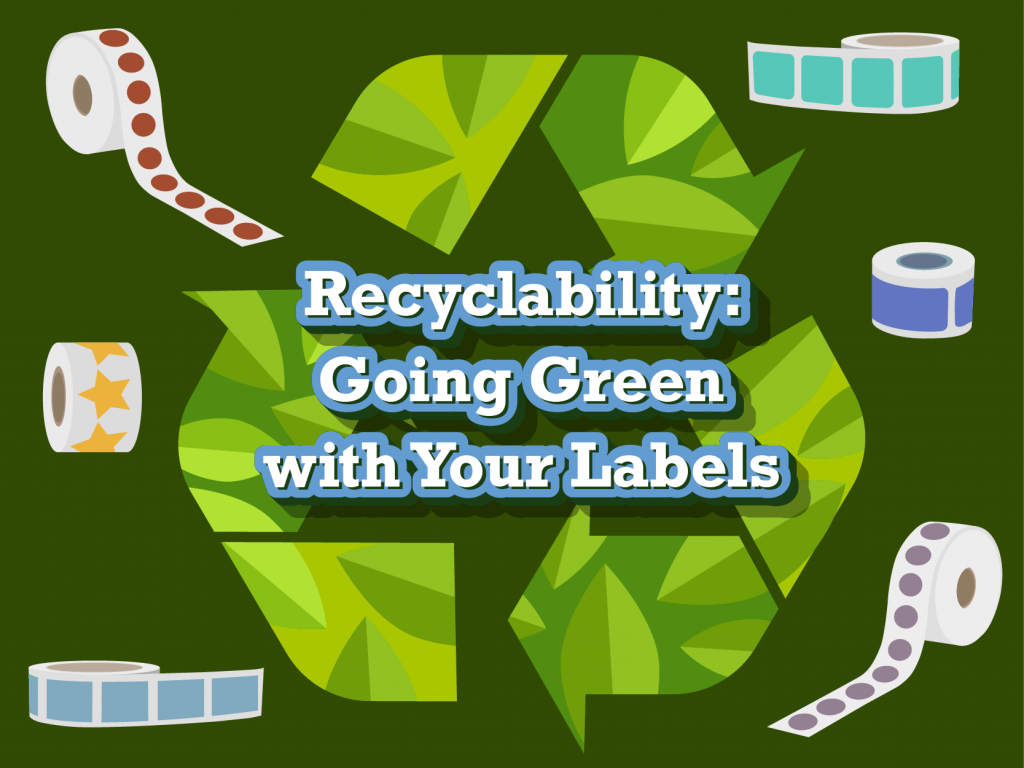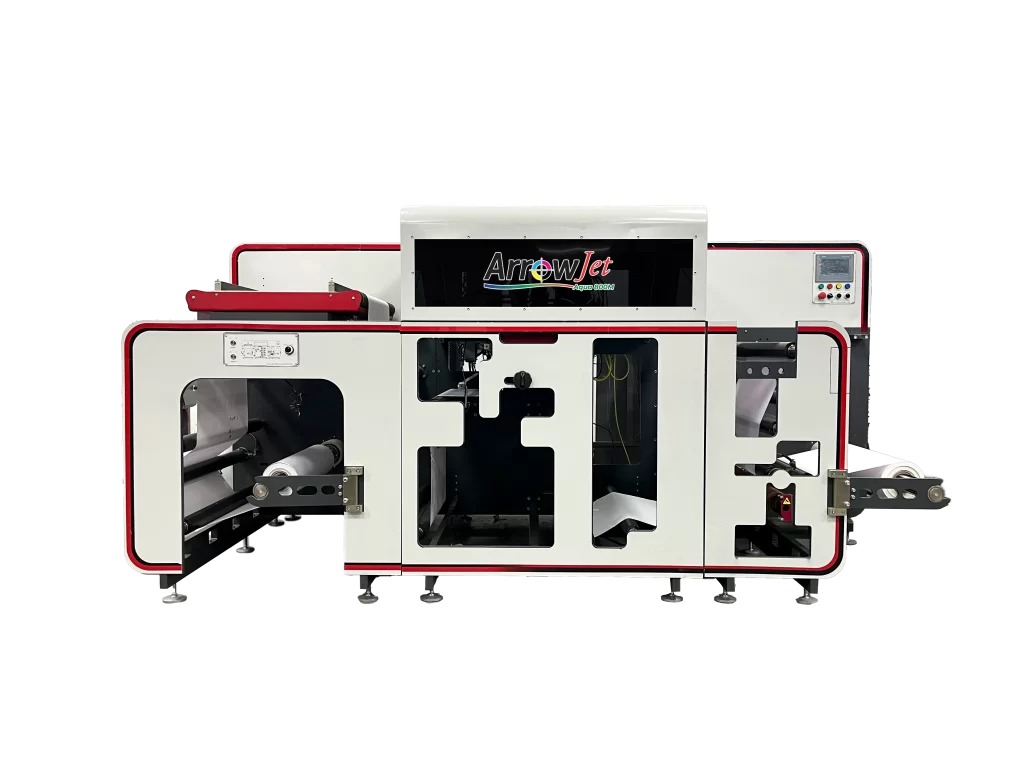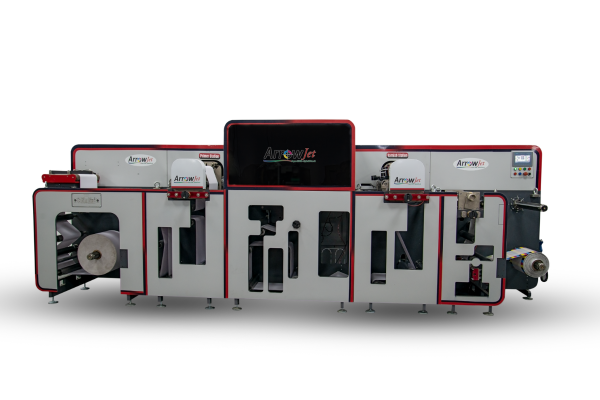
Recyclability: Going Green with Your Labels
The label market has seen a constant shift in sustainability, especially during the last two years. People have since re-evaluated what they value most in their products, which includes eco-friendly and energy efficient items they can use without the added guilt and uncertainty that what they are consuming is suitable for their consumption, as well as for the environment.
Since the pandemic, the label industry has seen a major shift in what consumers want from the companies they purchase from. It’s clear that in 2022, simple claims that a brand is “eco-friendly” or “Green” no longer cut it.
Consumers are more in-tune and aware of how companies operate as well as their values. The story behind a business is becoming just as important as the product itself.
As the pandemic has increased this trend in ‘sustainability,’ it has allowed consumers to focus more on what is truly important, and environmental issues are an extremely important part of people’s buying-making decisions.
The question is, what effect do label materials have on container recyclability? Even with this new trend, there are still many misconceptions surrounding what ‘sustainability’ means, and most importantly, how it affects the market and the planet long-term.
Here is a quick overview on the recyclability of plastics and how it relates to labels and flexible packaging; specifically light-weight polyester (PET) and high-density polypropylene (HDPE) containers – two of the most common container types of common container types in the consumer goods market today.

Recyclability on Plastics
The uncertainty that consumers also come from the convoluted way items are recycled. The reprocessing of plastic is more complicated than glass of metal because of the chemistry involved. There is no one solution to recycling plastic. Certain steps must be taken to successfully recycle plastic:
- Sorting the material correctly
- Remove contaminates that would otherwise result in poor reprocessing quality
The demand for recyclability is growing, which means that more time and energy is needed to properly recycle specialty type plastics. For instance, depending on the type of material, proper sorting is needed for achieving the correct consistently and quality, such as color and clarity.
What Does this Mean for Businesses?
Let’s get into some of the science behind some off these sustainable label materials. For plastic containers, near inferred (NIR) systems are used to sort different polymer types. The technology uses the varied reflectivity the polymers have and uses their individual wavelengths to separate them; this is to ensure their clarity and so they are easily used for more projects that are without contaminates.
After sorting comes the reclaiming of the material – this means that the containers are ground up and cut down, then placed into a warm sodium hydroxide solution.
This solution destroys the label’s binding to the container, effectively washing the label away. Since the polypropylene sheet and adhesive are lighter than water, they float to the surface of the bath, and since PET is heavier than water, the p articles settle to the bottom. Filtration separates the label material from the PET, which is then recovered for reuse.
articles settle to the bottom. Filtration separates the label material from the PET, which is then recovered for reuse.
Recycling bins, flooring, bike racks, benches, and furniture can all be made from recycled polyethylene (rHDPE).
Because rHDPE does not have to be as pure as rPET to be useable, a little amount of label material, often PE or PP, is permitted in their recycling. As a result, the recycling procedure for HDPE is easier than that for PET since the label does not need to be separated from the container.
The containers and labels are simply cleaned and shredded before being included into the rHDPE that is used to create new goods. The selection of label materials is thus influenced more by the intended label performance and conversion preference.
In the HDPE recycling process, a specific quantity of PP resin is permitted. Since PP films can be made to be very thin, they can hold more labels per roll, cost less to ship, and take up less inventory space. It is also less costly and easier to print than PE.
Any efforts that may be done toward that objective, will become increasingly critical as time goes on.
Manufactures who understand the processes that enable these materials to be properly recycled, may be able to help companies in ensuring that their packages have the best possibility of being recycled, without compromising on the ability and integrity of having a more sustainable work environment and culture.
The ability for future generations to to meet these growing sustainable packaging requirements, means fewer plastic products and plastic waste will be dumped into landfills and oceans. A product’s label is an important part of a brand’s aesthetic and presence, and so are the materials they’re made of. Environmentally friendly plastics are where the label market is headed, and shows no signs of stopping anytime soon.




